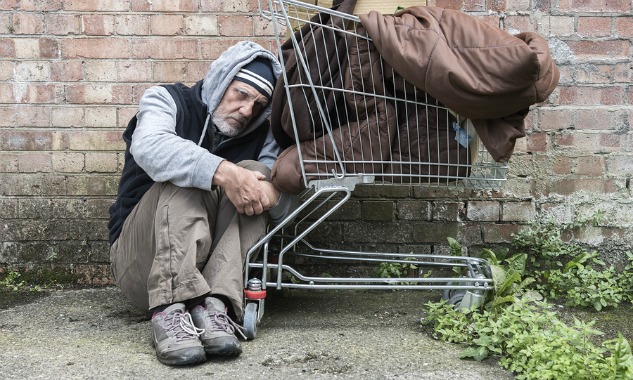While the media storm continues around the tent city in Martin Place in Sydney, Homelessness Australia (HA) has revealed startling statistics around the rise in the ‘hidden’ forms of homelessness, such as sleeping in cars and couchsurfing.
HA said there is a 60 per cent increase in the number of people sleeping in their cars and 46 per cent increase in couch surfers.
“As the housing crisis takes hold, homelessness services across Australia are groaning under the weight of demand for accommodation for women and children experiencing domestic and family violence, young people as well as rough sleepers,” said Jenny Smith, Chair, Homelessness Australia.
The 2017 National Homelessness Week (7-13th August) highlights the many forms homelessness takes as well as the steps State, Territory and Federal Government’s must take to both prevent and respond to homelessness.
Homelessness Australia has previously called on the Federal Government to develop and implement a National Homelessness Strategy to prevent and respond to homelessness.
HA said the National Homelessness Strategy should incorporate clear goals to end homelessness, address its causes, rapidly rehouse people who are homeless and ensure adequate and flexible support is provided to those needing help to sustain housing.
To complement a National Homelessness Strategy, HA says that more needs to be done to address the current affordable housing crisis in Australia.
“We need significant Federal, State & Territory Government investment in social and affordable housing and urgent changes to tax structures so that low income earners aren’t forced to choose between paying the rent and putting food on the table,” said Smith.
“Homelessness can be fixed by providing adequate housing. 100,000 new public and community homes would make a real difference, housing the elderly, families and single people on low incomes.” “Homelessness is an indication that broader social supports and service systems are failing. Without real investment in social and affordable housing with appropriate support we will continue to see the number of people experiencing homelessness increase.”












